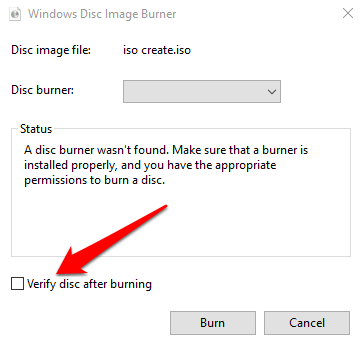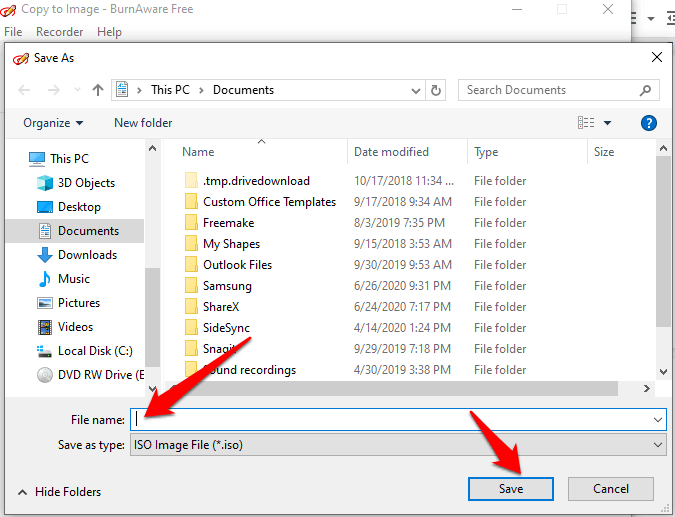ISOburn can directly write your ISO image file to CD-R,CD-RW, DVD-R, DVD-RW, DVD+R, DVD+RW,HD DVD and Blu-ray Disc, compatible with the ISO 9660 standard, it write any data, support bootable image file. The title 'ISO' is taken from the ISO 9660 file system utilized with CD-ROM media.
Use this tool to save regular and protected DVD to ISO file, burn ISO to any DVD and mount ISO images in a simple manner without any hassle What's new in BDlot DVD ISO Master 3.0.2 Build 20120207. Sign in to iCloud to access your photos, videos, documents, notes, contacts, and more. Use your Apple ID or create a new account to start using Apple services. By using OneDrive, you can quickly transfer files from PC to PC or Mac to PC, so your files are organized like they were on your old computer and you can get right back to work. You can use an external storage device such as a USB drive, SD card, or external hard drive to help you move all your favorite files off a Windows 7 PC and onto a. For files you’ve just used, select Recent. For a list of files by type, select Image, Video, or Audio. For Android app files, select My files Play files. To show more folders, in the top right.
This page discusses the details of reading, writing, creating, and opening files. There are a wide array of file I/O methods to choose from. To help make sense of the API, the following diagram arranges the file I/O methods by complexity.
On the far left of the diagram are the utility methods readAllBytes, readAllLines, and the write methods, designed for simple, common cases. To the right of those are the methods used to iterate over a stream or lines of text, such as newBufferedReader, newBufferedWriter, then newInputStream and newOutputStream. These methods are interoperable with the java.io package. To the right of those are the methods for dealing with ByteChannels, SeekableByteChannels, and ByteBuffers, such as the newByteChannel method. Finally, on the far right are the methods that use FileChannel for advanced applications needing file locking or memory-mapped I/O.
This page has the following topics:
The OpenOptions Parameter
Several of the methods in this section take an optional OpenOptions parameter. This parameter is optional and the API tells you what the default behavior is for the method when none is specified.
The following StandardOpenOptions enums are supported:
WRITE– Opens the file for write access.APPEND– Appends the new data to the end of the file. This option is used with theWRITEorCREATEoptions.TRUNCATE_EXISTING– Truncates the file to zero bytes. This option is used with theWRITEoption.CREATE_NEW– Creates a new file and throws an exception if the file already exists.CREATE– Opens the file if it exists or creates a new file if it does not.DELETE_ON_CLOSE– Deletes the file when the stream is closed. This option is useful for temporary files.SPARSE– Hints that a newly created file will be sparse. This advanced option is honored on some file systems, such as NTFS, where large files with data 'gaps' can be stored in a more efficient manner where those empty gaps do not consume disk space.SYNC– Keeps the file (both content and metadata) synchronized with the underlying storage device.DSYNC– Keeps the file content synchronized with the underlying storage device.
Commonly Used Methods for Small Files
Reading All Bytes or Lines from a File
If you have a small-ish file and you would like to read its entire contents in one pass, you can use the readAllBytes(Path) or readAllLines(Path, Charset) method. These methods take care of most of the work for you, such as opening and closing the stream, but are not intended for handling large files. The following code shows how to use the readAllBytes method:

Writing All Bytes or Lines to a File
You can use one of the write methods to write bytes, or lines, to a file.
The following code snippet shows how to use a write method.
Buffered I/O Methods for Text Files
The java.nio.file package supports channel I/O, which moves data in buffers, bypassing some of the layers that can bottleneck stream I/O.
Reading a File by Using Buffered Stream I/O
The newBufferedReader(Path, Charset) method opens a file for reading, returning a BufferedReader that can be used to read text from a file in an efficient manner.
The following code snippet shows how to use the newBufferedReader method to read from a file. The file is encoded in 'US-ASCII.'
Writing a File by Using Buffered Stream I/O
You can use the newBufferedWriter(Path, Charset, OpenOption...) method to write to a file using a BufferedWriter.
The following code snippet shows how to create a file encoded in 'US-ASCII' using this method:

Methods for Unbuffered Streams and Interoperable with java.io APIs
Reading a File by Using Stream I/O

To open a file for reading, you can use the newInputStream(Path, OpenOption...) method. This method returns an unbuffered input stream for reading bytes from the file.
Creating and Writing a File by Using Stream I/O
You can create a file, append to a file, or write to a file by using the newOutputStream(Path, OpenOption...) method. This method opens or creates a file for writing bytes and returns an unbuffered output stream.
The method takes an optional OpenOption parameter. If no open options are specified, and the file does not exist, a new file is created. If the file exists, it is truncated. This option is equivalent to invoking the method with the CREATE and TRUNCATE_EXISTING options.
The following example opens a log file. If the file does not exist, it is created. If the file exists, it is opened for appending.
Methods for Channels and ByteBuffers
Reading and Writing Files by Using Channel I/O
While stream I/O reads a character at a time, channel I/O reads a buffer at a time. The ByteChannel interface provides basic read and write functionality. A SeekableByteChannel is a ByteChannel that has the capability to maintain a position in the channel and to change that position. A SeekableByteChannel also supports truncating the file associated with the channel and querying the file for its size.
The capability to move to different points in the file and then read from or write to that location makes random access of a file possible. See Random Access Files for more information.
There are two methods for reading and writing channel I/O.
newByteChannel methods return an instance of a SeekableByteChannel. With a default file system, you can cast this seekable byte channel to a FileChannel providing access to more advanced features such mapping a region of the file directly into memory for faster access, locking a region of the file so other processes cannot access it, or reading and writing bytes from an absolute position without affecting the channel's current position.Both newByteChannel methods enable you to specify a list of OpenOption options. The same open options used by the newOutputStream methods are supported, in addition to one more option: READ is required because the SeekableByteChannel supports both reading and writing.
Specifying READ opens the channel for reading. Specifying WRITE or APPEND opens the channel for writing. If none of these options is specified, the channel is opened for reading.
The following code snippet reads a file and prints it to standard output:
The following example, written for UNIX and other POSIX file systems, creates a log file with a specific set of file permissions. This code creates a log file or appends to the log file if it already exists. The log file is created with read/write permissions for owner and read only permissions for group.
Methods for Creating Regular and Temporary Files
Creating Files
Files.minecraftforge.net
You can create an empty file with an initial set of attributes by using the createFile(Path, FileAttribute<?>) method. For example, if, at the time of creation, you want a file to have a particular set of file permissions, use the createFile method to do so. If you do not specify any attributes, the file is created with default attributes. If the file already exists, createFile throws an exception.
In a single atomic operation, the createFile method checks for the existence of the file and creates that file with the specified attributes, which makes the process more secure against malicious code.
The following code snippet creates a file with default attributes:
POSIX File Permissions has an example that uses createFile(Path, FileAttribute<?>) to create a file with pre-set permissions.
You can also create a new file by using the newOutputStream methods, as described in Creating and Writing a File using Stream I/O. If you open a new output stream and close it immediately, an empty file is created.

Creating Temporary Files
You can create a temporary file using one of the following createTempFile methods:
The first method allows the code to specify a directory for the temporary file and the second method creates a new file in the default temporary-file directory. Both methods allow you to specify a suffix for the filename and the first method allows you to also specify a prefix. The following code snippet gives an example of the second method:

Burn Files To Iso Image
The result of running this file would be something like the following:
The specific format of the temporary file name is platform specific.
